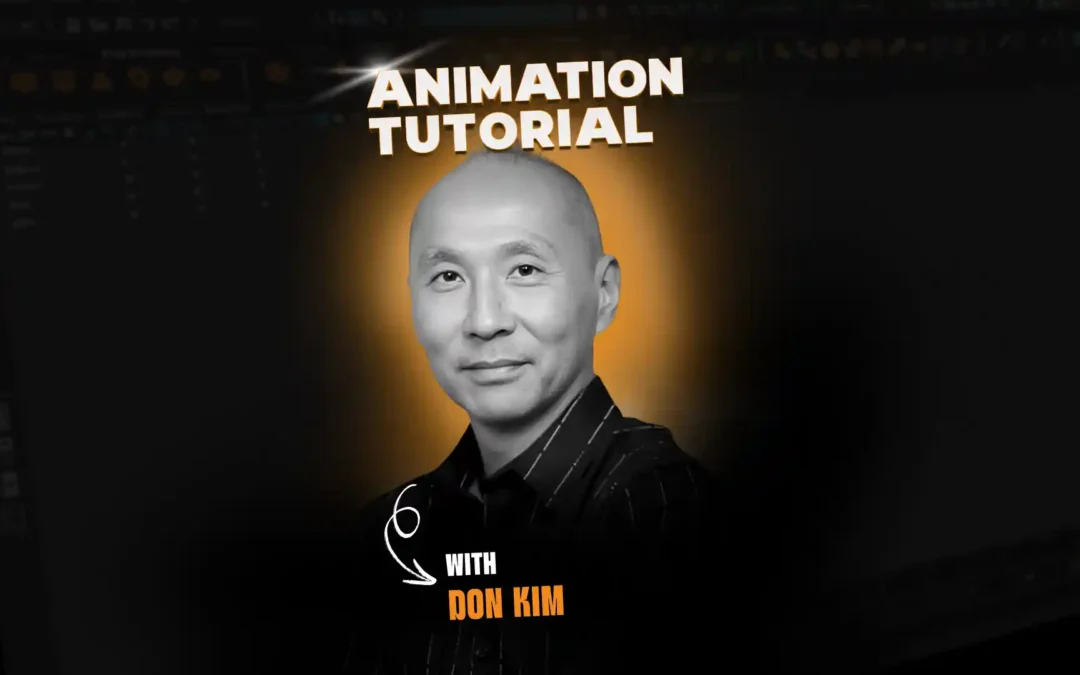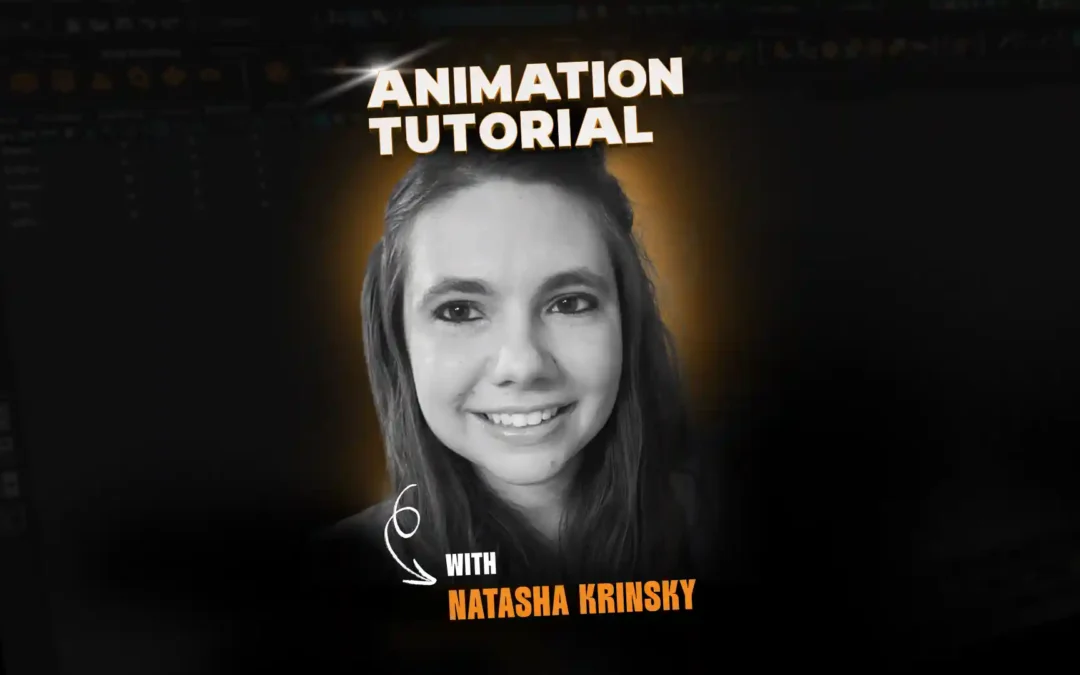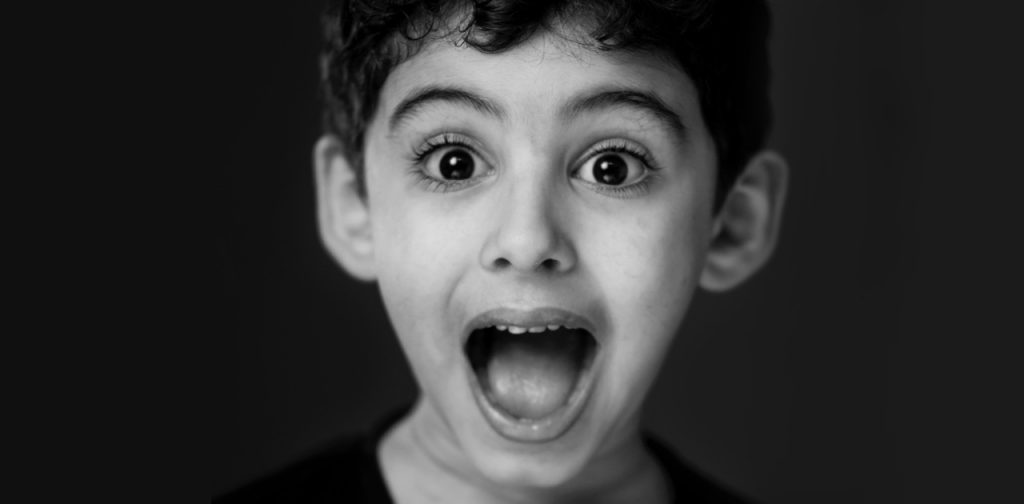
Surprise via Mohamed Abdelgaffar
There is a wide range of intensity and nuance with surprises.There is a wide range of intensity and nuance with surprises. The astonishment of a chance meeting with a close friend while travelling abroad is much different than the shock of being ambushed by a ghoul in a haunted house, which is different than receiving unexpected news during a conversation. Animating each would require different solutions to be believable. A unique kind of surprise is an unconscious defensive response to a loud noise or a sudden movement. The startle reflex is involuntary, and is not an emotion in and of itself, although it’s usually associated with fear. A startle response could be followed by many different emotions, including fear if the danger is real, or anger if it was only someone playing a practical joke.
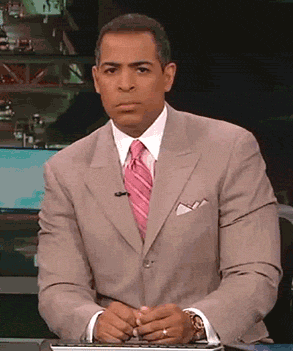
KTLA reporter Chris Schauble has a startle reflex on live television during an earthquake
Body Language
The eyebrows rise, stretching the skin between the brows and the upper eyelids, often creating wrinkles on the forehead above the eyebrows. The eyelids widen, exposing white sclera around the irises. The jaw drops open slightly, but the muscles around the mouth stay relaxed.Andy on Parks & Recreation via GIPHY
Before the Surprise
The emotional state of a character before a startling event effects how big their response will be, or even if they have one at all.Surprise injects a lot of energy into our feelings, and the intensity of the emotion which follows might be surprisingly strong, or unexpectedly nuanced.Surprise injects a lot of energy into our feelings, and the intensity of the emotion which follows might be surprisingly strong, or unexpectedly nuanced. The joy of a surprise homecoming may be expressed with crying, or the sorrow of a loss may be expressed with an angry outburst. All of this arises from and defines character.
After the Initial Surprise
Surprise enables an intense change of emotion to happen much more quickly than it would otherwise. We can go from bored to excitedly happy at the drop of a hat when an old friend suddenly appears at our door.There can be a period of stillness as the character tries to understand what’s happening and decides how to respond.There can be a period of stillness as the character tries to understand what’s happening and decides how to respond. We freeze in heightened situations when we don’t know what to do next. In an ambush, a trained soldier will quickly recognize the situation and jump into action, but innocent civilians can be paralyzed with confusion about how to react, and eventually decide to run or hide.
Authentic vs. Feigned
An authentic surprise reaction happens very quickly, in just a few frames. Feigned surprise will happen a little late, since the character first has to have the thought, “I’d better act surprised,” and the expression grows too slowly when it’s faked. The pretend surprise expressions in comedy are usually too forced to be believable. There is usually too much tension in the face to read as genuine surprise. But they can be extremely entertaining in the appropriate genre. We may not believe that Lucille Ball or Jim Carrey are actually surprised, but they sure are a lot of fun to watch.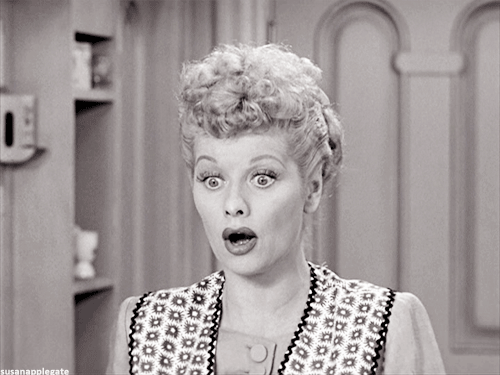
Lucille Ball hamming it up in I Love Lucy.
Planning
There are lots of questions we can ask to help us narrow down the myriad possibilities of how to animate a surprised character. What is the character’s personality? Are they generally calm and level-headed, or are they easily agitated? What is their emotional range? Are they stoic or nervous?Reference
Look for reference of people being surprised under similar circumstances and seek out poses, expressions, actions, and timing which might be applicable to what you’re animating. Candid videos are great for this, since most people act differently if they know they’re being filmed. The internet is filled with lots of candid examples of service members making surprise visits home, haunted house jump scares, and kids hearing that they’re going to Disney World for the first time.Pro Tip: Look for reference of people being surprised under similar circumstances and seek out poses, expressions, actions, and timing which might be applicable to what you’re animating. Candid videos are great for this, since most people act differently if they know they’re being filmed.Shoot your own reference as well, but be careful to avoid feigned surprise if something authentic is called for. Study your reference and count how many frames are between the surprising event and the initial reaction. Notice how fast is the surprise action is and how long it lingers. Take note of the facial expressions and body poses.
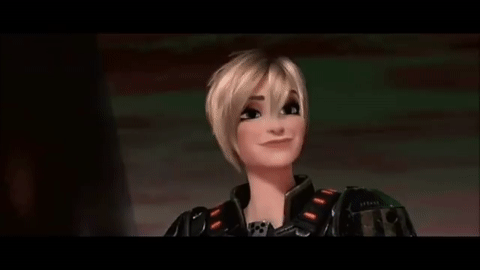
Calhoun was not expecting to be kissed by Felix in Disney’s Wreck-It Ralph
